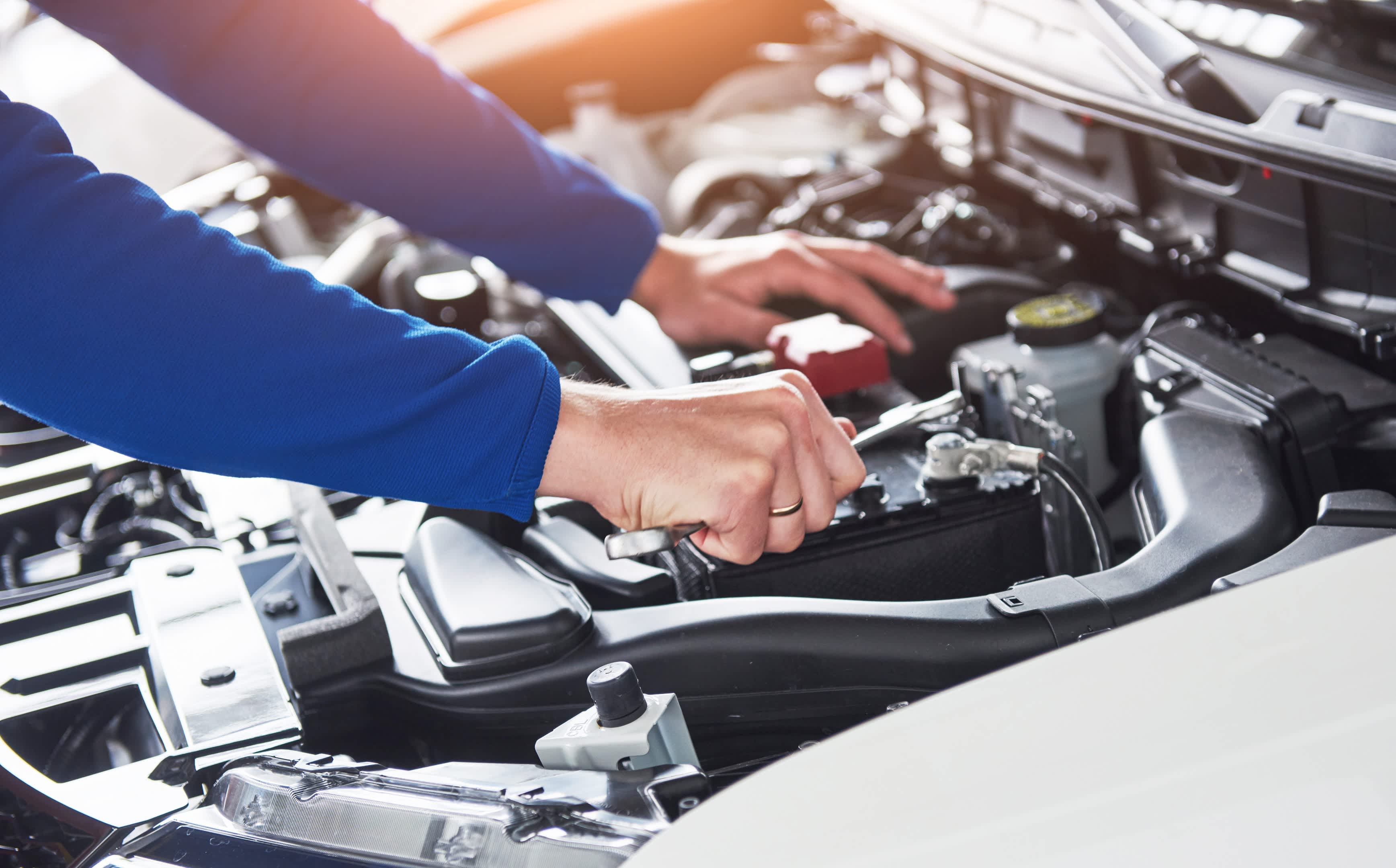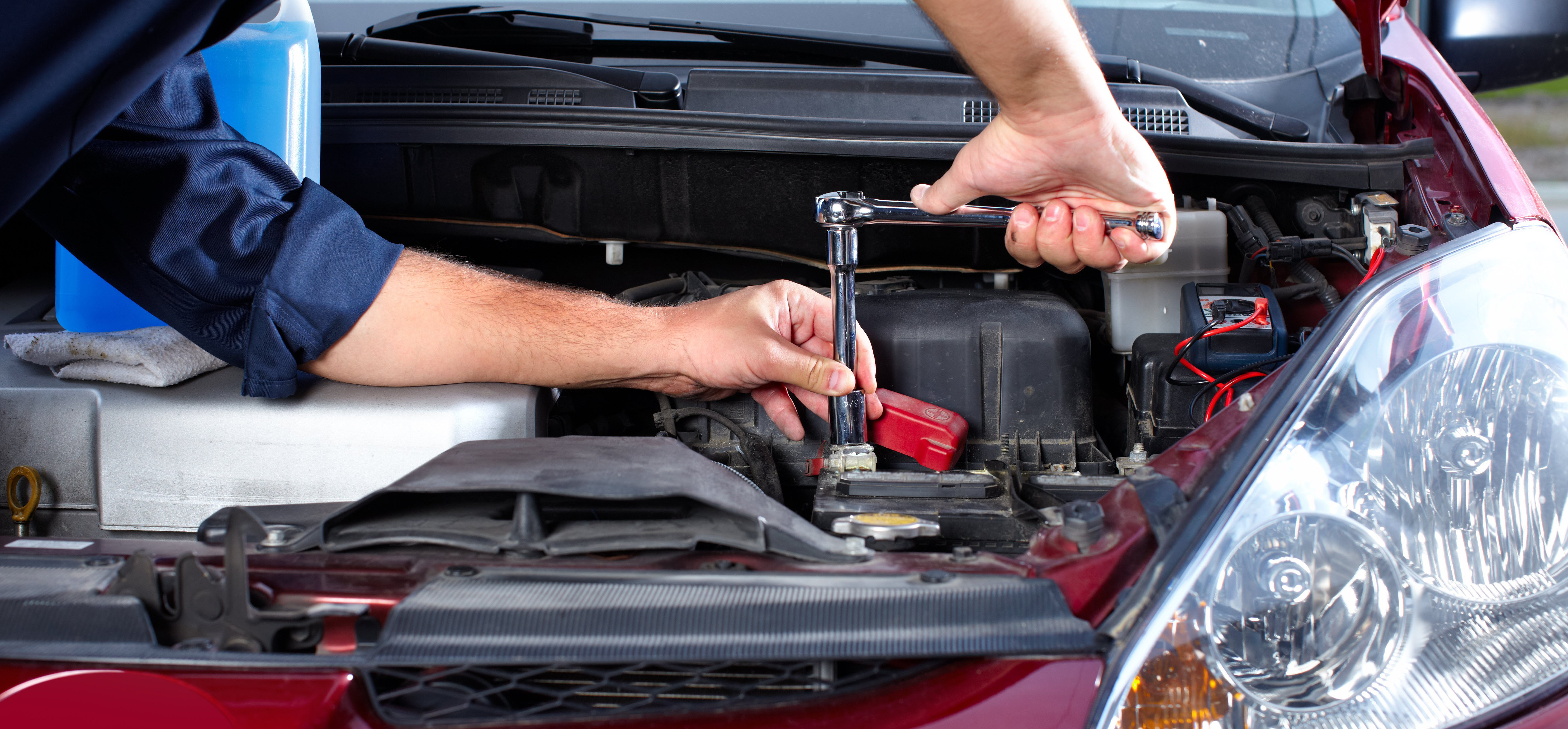

That peculiar clicking noise emanating from your car door every time you press the unlock button might seem like a minor annoyance at first—an audio quirk you can live with as long as the doors eventually open. However, that innocent clicking represents the death rattle of a component that's about to fail completely, potentially leaving you locked out of your vehicle at the most inconvenient moment imaginable. Understanding what's happening inside your door, why it's making that sound, and what you should do about it can save you from emergency locksmith bills, damaged door panels from forced entry attempts, and the frustration of dealing with complete lock failure when you're already running late.
Your vehicle's central locking system operates through a network of electromechanical actuators hidden within each door panel, working in synchronized harmony every time you lock or unlock your car. These actuators consist of small electric motors connected to gear assemblies that convert rotational motion into the linear movement required to engage or disengage your door locks. When functioning properly, this process happens smoothly and quietly—you hear a subtle mechanical sound as locks engage, but nothing that draws attention or concern. The clicking noise you're experiencing signals that internal gears have worn down, motor brushes are deteriorating, or the actuator assembly has developed mechanical binding that prevents smooth operation. While many drivers initially dismiss this symptom as merely annoying rather than urgent, the progression from clicking to complete failure typically happens rapidly once symptoms begin. The complexity of modern vehicle door mechanisms means that what seems like a simple lock problem actually involves intricate electrical and mechanical systems, which is why professional Central Locking System Installation and repair services emphasize comprehensive diagnostic approaches rather than superficial fixes that address symptoms without resolving underlying component failures causing the audible distress signals.
Actuator failure rarely happens randomly—specific factors contribute to the deterioration timeline you're experiencing. Vehicles in regions with extreme temperature fluctuations endure accelerated actuator wear as plastic components expand and contract repeatedly, creating microscopic cracks that eventually compromise structural integrity and gear engagement. Humidity and moisture infiltration through damaged door seals gradually corrodes internal electrical contacts and lubricates away, leaving metal components grinding against each other without protection. The sheer number of lock cycles matters tremendously—if you lock and unlock your vehicle six times daily, that's over two thousand operations annually, and after five years you've subjected these components to ten thousand mechanical cycles that steadily wear down gears and motor components. Vehicles frequently used by multiple drivers or in high-traffic urban environments where constant locking becomes habitual experience faster actuator degradation than rural vehicles that might only lock overnight. Previous door panel removal for unrelated repairs sometimes damages actuator mounting or disconnects support structures, causing misalignment that creates binding and premature wear. Understanding these contributing factors helps explain why your seven-year-old vehicle suddenly developed this problem even though everything worked perfectly until recently.
Actuator failure follows a predictable progression that accelerates once initial symptoms appear. Initially, you notice the clicking sound but doors still lock and unlock reliably—this represents the early warning stage where intervention remains relatively simple and inexpensive. Within weeks or months, you'll observe that one or more doors occasionally fail to lock or unlock on the first attempt, requiring multiple button presses before compliance. Some drivers notice that certain doors work consistently while others become increasingly temperamental, reflecting that individual actuators fail independently rather than simultaneously. The clicking intensifies both in volume and duration as the struggling actuator attempts repeatedly to complete its movement before eventually succeeding or giving up entirely. Eventually, one door stops responding altogether, remaining stubbornly locked or unlocked regardless of how many times you press the remote button or flip the interior lock switch. The final stage involves complete electrical or mechanical failure where the actuator draws excessive current trying to operate, potentially blowing fuses that disable your entire central locking system across all doors simultaneously.
Definitively identifying a failing actuator involves systematic testing that isolates the problem component from other potential causes. Start by activating your central locking system while listening carefully at each door—the clicking will be loudest at the door containing the failing actuator, often with a distinctly different sound quality compared to properly functioning doors. Test individual doors using both the remote and the interior lock switch to determine whether the problem affects all activation methods or only specific controls, which helps differentiate actuator failure from electrical issues elsewhere in the system. Remove the door panel from the suspect door to visually inspect the actuator while operating the locks—you'll likely observe the actuator motor attempting to run while gears slip or bind rather than smoothly converting rotation into lock movement. Check for obvious physical damage like broken mounting tabs, disconnected linkage rods, or cracked actuator housings that explain mechanical failure. Test electrical connections at the actuator by measuring voltage during lock activation—presence of proper voltage confirms the actuator itself has failed rather than wiring or control module problems upstream in the system.

Once you've confirmed actuator failure, the repair versus replacement decision hinges on several practical considerations. Individual door lock actuators typically cost between forty and one hundred fifty dollars for aftermarket parts, while original equipment manufacturer components range from one hundred to three hundred dollars depending on your vehicle's make and luxury level. Labor for professional replacement generally runs one to two hours per door since the process requires door panel removal, disconnection of multiple electrical connectors and mechanical linkages, actuator extraction, installation of the replacement unit, reconnection of all systems, testing, and door panel reinstallation. Attempting DIY replacement saves labor costs but demands comfort with interior trim removal, electrical connector manipulation, and the patience to photograph everything during disassembly so reassembly proceeds smoothly. Some mechanically inclined individuals find actuator replacement straightforward and satisfying, while others create expensive additional problems by breaking trim clips, disconnecting unrelated systems accidentally, or installing replacement actuators incorrectly. Repair of existing actuators through gear replacement or motor rebuilding occasionally represents a viable option, though finding technicians with this specialized skill set and obtaining internal components often proves more challenging than simply replacing the entire assembly.
The question of whether to replace only the obviously failing actuator or proactively address all doors simultaneously sparks debate among automotive professionals and experienced vehicle owners. The conservative approach replaces only the confirmed failed actuator, minimizing immediate expense and addressing the urgent problem without unnecessary work. However, this strategy often leads to returning for additional actuator replacements within months as other original components reach their failure threshold. The comprehensive approach replaces actuators in all doors simultaneously, capitalizing on door panels already being removed and labor already being performed to address all actuators nearing end-of-life together. This strategy costs more upfront but frequently proves more economical over the vehicle's remaining ownership period by avoiding repeated labor charges for door panel removal. The optimal decision depends partly on vehicle age and expected ownership duration—if you're planning to keep your vehicle for several more years and it's old enough that all actuators have similar service hours, comprehensive replacement makes financial sense. Conversely, if you're considering selling within a year or the vehicle is relatively new with just one premature actuator failure, addressing only the problem door seems reasonable.
When immediate replacement isn't feasible due to budget constraints or parts availability, several temporary measures can maintain basic functionality. Manual operation remains possible on virtually all vehicles—simply use your key in the driver's door to lock or unlock, then manually operate interior lock switches for remaining doors. Some failing actuators respond better to slower, more deliberate remote button presses rather than quick taps, as the extended power duration gives struggling motors additional time to complete their movement. Disconnecting the problematic actuator's electrical connector stops the clicking noise and prevents potential electrical issues from a failing component, though this obviously eliminates electronic control of that specific door. Lubricating accessible linkage points with silicone spray sometimes reduces binding that contributes to actuator strain, potentially extending functionality for weeks or months. However, understand that these workarounds represent temporary accommodations rather than solutions—continued use of failing actuators risks complete failure at inconvenient times and may cause collateral damage to electrical systems or other door components if motors draw excessive current or if gears fragment and jam linkages.
While actuator failure eventually affects most vehicles with sufficient age and mileage, certain practices extend actuator lifespan and delay replacement necessity. Maintaining door seals in good condition prevents moisture infiltration that accelerates internal corrosion and lubricant degradation within actuator assemblies. During winter months in cold climates, avoid repeatedly attempting to unlock frozen doors electronically—the resistance from ice buildup forces actuators to work against excessive load that damages gears and motors, and it's better to manually unlock with your key until ice melts. Keep your vehicle's electrical system healthy with a good battery and clean terminals, as voltage fluctuations from weak batteries cause actuators to operate outside design parameters that accelerates wear. When having door panels removed for any reason, request that technicians inspect actuators and lubricate linkages as preventive maintenance—this simple step during already-scheduled work costs almost nothing but potentially adds years to actuator service life. Consider garage parking when possible, as it moderates temperature extremes and humidity exposure that contribute to accelerated actuator deterioration in vehicles constantly exposed to the elements.
Delaying actuator replacement beyond simple postponement for convenience carries genuine risks worth considering. Complete lock failure can leave you unable to secure your vehicle properly, creating theft vulnerability that insurance companies might question if a claim arises from inadequately secured property. Malfunctioning actuators sometimes cause doors to unlock spontaneously while driving, creating safety concerns particularly for vehicles carrying children or traveling at highway speeds. Electrical shorts in failing actuators can blow fuses that disable not just your central locking but other systems sharing the same circuit, potentially including power windows or interior lighting. The stress and inconvenience of unreliable locks affects daily quality of life more than you might anticipate—constantly worrying whether your vehicle will lock properly or wondering if that one stubborn door actually secured creates ongoing anxiety that proper repair eliminates completely.
That clicking sound from your car doors represents more than a minor annoyance—it's your vehicle communicating an urgent message about failing components requiring attention before complete breakdown occurs. Understanding that you're experiencing central locking actuator failure, recognizing the progressive nature of the problem, and making informed decisions about repair timing and approach transforms an intimidating automotive issue into a manageable maintenance task. Whether you choose professional repair or tackle replacement yourself, addressing the problem promptly prevents escalation from clicking nuisance to complete lock failure at the worst possible moment. The modest investment in actuator replacement delivers immediate returns through restored lock reliability, eliminated annoying noises, and peace of mind that your vehicle's security systems function as designed. Don't let the clicking continue until that inevitable morning when you're running late and your door simply refuses to unlock—take action while the problem remains manageable and you control the timing and circumstances of repair rather than having breakdown emergencies dictate your schedule and drain your budget through premium emergency service charges.
| No comments yet. Be the first. |